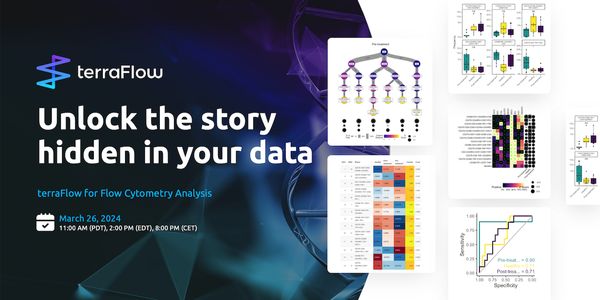Keynote Presentation: Functional Discovery of T Cell Receptors (TCRs) for Antigen-specific and Unconventional T Cells Using Nanovial Technology with Live Q&A
-
Dino Di Carlo, PhD
Armond and Elena Hairapetian Chair in Engineering and Medicine, Professor and Vice Chair of Bioengineering, Professor of Mechanical Engineering, California NanoSystems Institute, Jonsson Comprehensive Cancer Center, University of California, Los AngelesBIOGRAPHY
Nanovials are emerging as an accessible platform for performing single-cell functional screening leveraging standard instrumentation, such as flow cytometers and microfluidic single-cell sequencing platforms. Each cell and its secreted products are captured in nanovials where they can be analyzed and sorted using widely available fluorescence activated cell sorters. Nanovials also act as artificial antigen-presenting cells to capture T cells based on the binding of their T cell receptors (TCRs) to antigens on the nanovials, including peptide-loaded major histocompatibility complex I (pMHC) or MHC-like molecules that present metabolites. By binding to these antigens, T cells are activated to secrete cytokines and other effector molecules, which can be captured on the same nanovial. In this way, T cells can be selected based on binding AND functional characterization of secretion of cytokines and other effector molecules, and sorted for downstream single-cell sequencing of matched TCR alpha and beta chains. By adding an oligo-barcoded detection antibody specific to the secretions, each TCR sequence also can be functionally annotated based on the amount of secretion it induces. Because both binding and cellular function can be assayed for millions of cells with standard equipment, this new “lab on a particle” approach can accelerate the discovery of cancer-specific TCRs, and TCRs against metabolites presented by unconventional MHC-like molecules, with high accuracy, promising to transform the discovery of these critical recognition elements for improved engineered T cell therapies.
Learning Objectives:
1. Discover how nanovial-based workflows can accelerate discovery of T cell receptors (TCRs).
2. Review how to associate secreted information from single cells to matched alpha and beta TCR sequences.
3. Discuss how TCRs from mucosal associated invariant T cells and invariant natural killer T cells can be recovered and functionally annotated.
Please update your information
Certificate of Attendance
DOWNLOAD CERTIFICATE
Finish Registering
-
-
MAY 23, 2024For the Love of Digital PCR 2024
-
JUN 06, 2024The Future of Scientific Conferencing
- See More














































